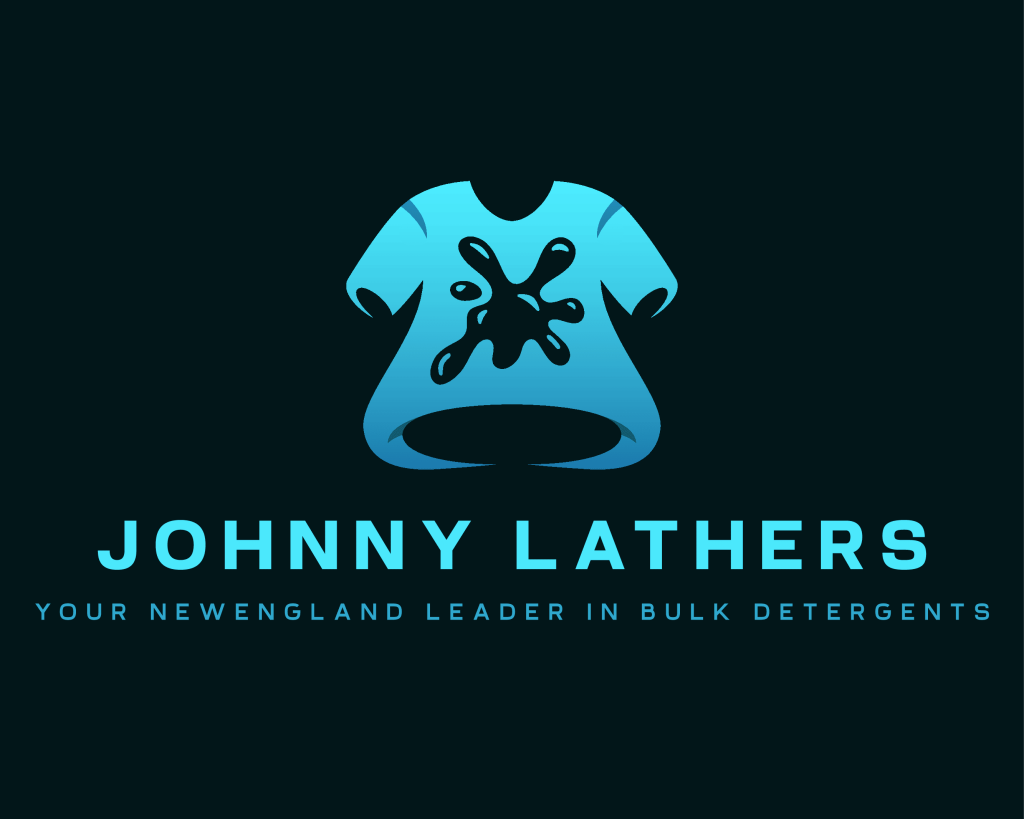
How Laundry Detergents Work: Breaking Down the Cleaning Process

Laundry is one of those everyday household tasks that we often do without giving it much thought. Before diving into the steps of how laundry detergent works, let’s first explore the science behind it. While the chemistry and technology involved in this everyday chore are quite intricate, the fundamental process of cleaning clothes is easier to grasp.
When you wash your clothes using detergent, chemical, mechanical, and thermal forces work together to break down and eliminate dirt, oils, and odors, ensuring a thorough clean with each cycle.
Water Temperature, Or Thermal Energy: The heat level of the water plays an essential role in how effectively your detergent performs and how clean your clothes get. Higher temperatures generally improve cleaning power, but they can also cause fabrics to shrink or become damaged. To get the best results, always use the warmest water temperature that the fabric care label recommends.
Agitation, Or Mechanical Energy: During the wash and spin cycles, the washing machine shakes, rotates, and tumbles the clothes. This movement helps dislodge dirt, allowing water and detergent to reach deep into the fabric and rinse away impurities more effectively.
Detergent, Or Chemical Energy: Simply using hot water and vigorous motion won’t be enough to remove stains and odors. This is where detergent plays the most important role. While heat and movement assist the process, the active ingredients in detergent work at a molecular level to break down, lift, and dissolve oils, dirt, and grime, leaving your laundry fresh and spotless.
How Laundry Detergents Work: Step 1 – Penetrate the Fabric
One of the first tasks of laundry detergent is to help water absorb into the fabric more effectively. Normally, water forms droplets due to surface tension, preventing it from fully soaking the material. Surfactants (surface-active agents) lower this tension, allowing water and cleaning agents to reach deep into clothing fibers to break down dirt.
How Laundry Detergents Work: Step 2 – Surround & Trap Dirt & Metals
A combination of surfactants, chelators, and enzymes works together to dissolve dirt, oils, and metals. Chelators neutralize metal ions like calcium and magnesium found in hard water, preventing them from reducing detergent efficiency. Meanwhile, enzymes break down specific stains—protease targets protein-based stains, amylase removes starch-based residue, and lipase dissolves greasy buildup.
How Laundry Detergents Work: Step 3 – Lift & Remove Dirt from Clothes
Once loosened, surfactants pull dirt and oils away from the fabric and keep them suspended in water. These molecules have one end that binds to grime and another that repels water, helping stains lift off and rinse away. Anti-redeposition agents ensure that dirt doesn’t settle back onto the clothing during the wash cycle.
How Laundry Detergents Work: Step 4 – Rinse the Dirt Away
During the rinse cycle, dirt, oils, and leftover detergent must be completely washed out of the fabric. Dispersion agents keep loosened grime suspended in the water, while anti-redeposition agents prevent it from settling back onto clothes. Additionally, anti-sudsing agents regulate foam levels, ensuring detergent rinses out thoroughly for a fresh, residue-free finish.
How Laundry Detergents Work: Step 5 – Leave a Fresh & Clean Scent
Most detergents contain fragrances designed to leave clothes smelling fresh after washing. Scents do not impact the cleaning process but provide a pleasant aroma that lingers on fabrics. While some people prefer fragrance-free formulas for sensitive skin, others enjoy floral, fruity, or refreshing scents for their laundry.
Share:
admin
Social Media
Most Popular


The Most Common Laundry Mistakes (And How To Fix Them)

How Laundry Detergents Work: Breaking Down the Cleaning Process
Related Posts

Why Buying In Bulk Saves Money And Reduces Waste
When it comes to household essentials like laundry detergent, dish soap, and cleaning supplies, buying in bulk can be a game-changer. Whether you are operating

The Most Common Laundry Mistakes (And How To Fix Them)
Doing laundry seems like a simple task, sort clothes, add detergent, press start but small mistakes can lead to faded fabrics, lingering odors, and even

How Laundry Detergents Work: Breaking Down the Cleaning Process
Laundry is one of those everyday household tasks that we often do without giving it much thought. Before diving into the steps of how laundry
